One meandering path leads home to the center of YOU.
Come explore the world of labyrinths with me.
A labyrinth is one meandering path that winds its way back and forth to the center. Using the same path, we meander our way back out into the world, greatly shifting with calmness and new perceptions to embrace.
This ancient tool represents the path into the innermost depths.
One meandering path leads home to the center of YOU.
Explore the world of labyrinths with me.
So, What Is A Labyrinth?
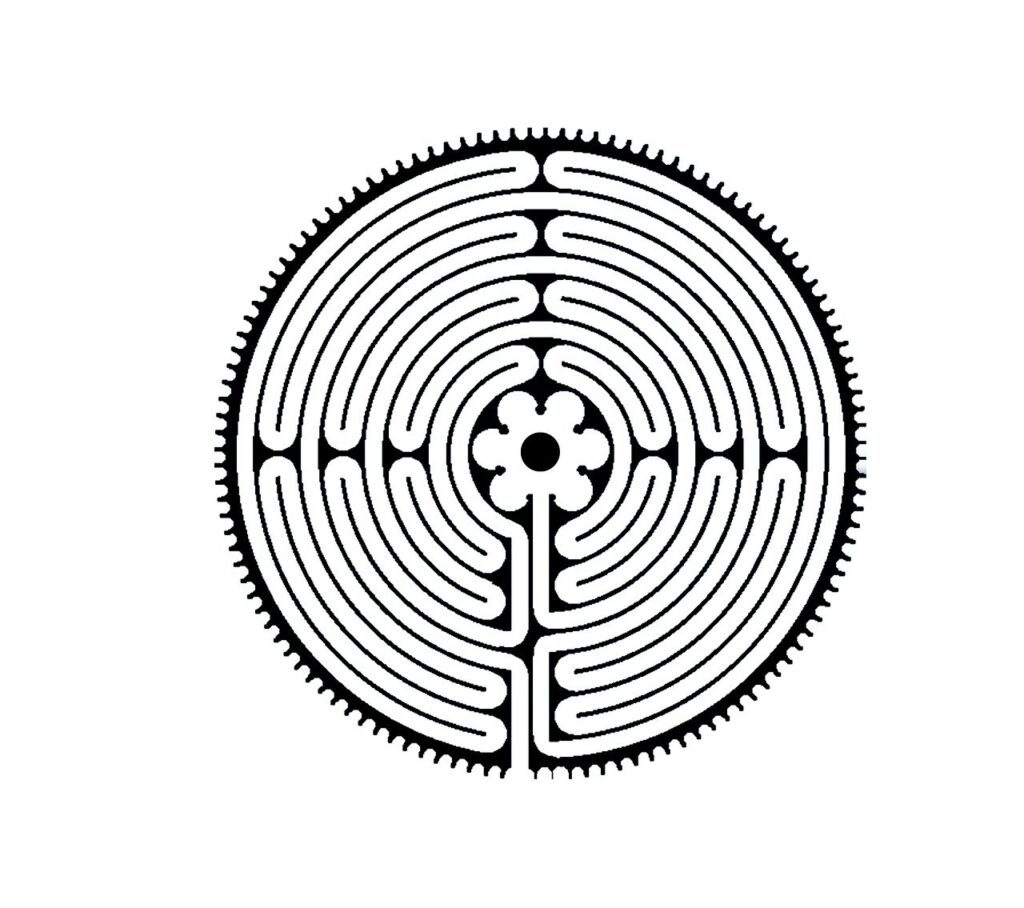
A labyrinth is one meandering path that winds back and forth to the center. Using the same path, we meander our way back out into the world, considerably shifting with calmness and new perceptions to embrace.
This ancient tool represents the path into the innermost depths of ourselves, where we can explore our inner thoughts and nature. It is a centering tool of transformation. As we walk towards the center, we leave the outside world behind. Each step leads us closer to our center. We can only place one foot on the path at a time.
Once in the labyrinth’s center, we can calm our minds, reflect, and release what concerns us. Once we are ready, we rewind our way out into the world with new perspectives and understanding about ourselves.
The labyrinth’s path is like the path of life. There are twists and turns, feelings of being lost, feeling relieved to have found the center, meeting people on the path you must work to go around and connect with, and inner insights.
The design of the labyrinth itself is meant to help us center, be present, and be patient. We walk one step at a time on the winding pathway. The meandering path and one foot stepping at a time will quiet our ruminating mind and leave us in a state of peacefulness.
By walking back and forth, from one side to the other, from the outer to the interior of a labyrinth, we align our brain’s left and right hemispheres. Though we can feel disoriented and lost within a labyrinth walk, we are never lost; we can always get home.
History and Origin of the Labyrinth
The labyrinth is an ancient tool, thousands of years old, originally from ancient Crete, and found worldwide.
I come from a culture where labyrinths have been around for thousands of years and are used not only as a tool of contemplation and transformation but also as a tool of initiation.
The island of Gotland, Sweden, hosts 70+ labyrinths of varying ages, from 4500 years old to recent additions. Their patterns speak of tradition, culture, sacredness, wisdom, and wholeness.

Different Types of Labyrinths
Though serving a similar purpose, there are different styles of labyrinths. Today, we will concentrate on three different styles and shapes.
The Classical Labyrinth

The classical labyrinth is also known as the Cretan labyrinth. The winding path of a labyrinth is called a meander. The number of rings of a labyrinth is called a course. Labyrinths can be any size with any number of meanders. A nice size for a classical labyrinth is seven courses. I have seen classical labyrinths with four courses and one with as many as 19 courses.
The Chartre Labyrinth
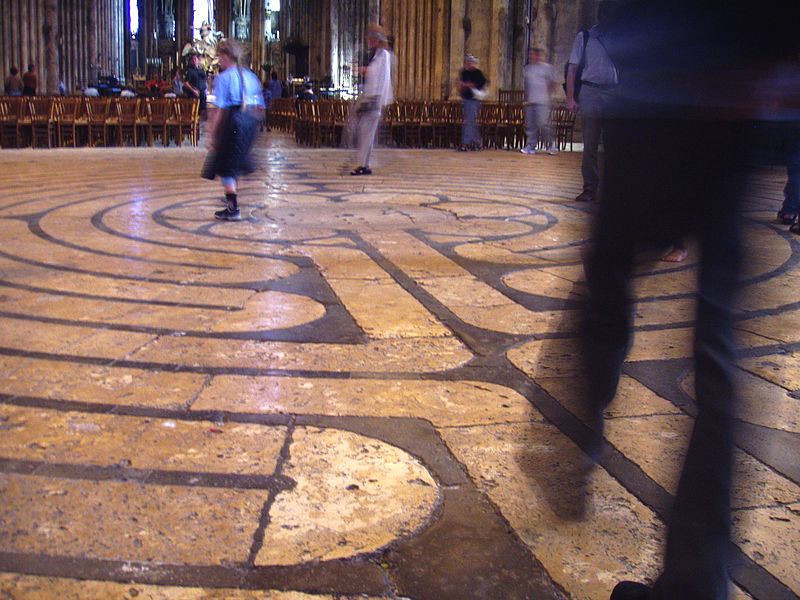
One of the most famous labyrinths in the world is the Chartres Labyrinth at Chartres Cathedral in France. This beautiful labyrinth is just a short train ride outside Paris.
This 11-course beauty was built during the Middle Ages and is divided into four quarters, with a six-petal rose shape at its center. Around the edge of the labyrinth are lunar markings.
It is thought that labyrinths placed inside cathedrals, especially during the Middle Ages, were a way for people to pilgrimage to Jerusalem. It became too dangerous for people to travel, so they would do the pilgrimage by walking the labyrinth X amount of times. Many would do this on their knees.
The Finger Labyrinth
However, having access to an actual labyrinth is a marvelous thing. It allows us to embody our walking meditation, giving impeccable calming and insights.
The same can happen wherever you are by simply using a finger labyrinth. Finger labyrinths also have an ancient history and are equally as powerful.
I have included a couple of finger labyrinths with instructions on using them in my blog post here.
In this same post, you can learn more about ways to walk a labyrinth and also my special Labyrinth Playlist.
Go HERE to listen to my podcast on Walking a Labyrinth to Find Purpose and Calm.
Labyrinths are a powerful tool to help us turn our gaze inward to look for life’s most profound answers. To access our inner knowing and intuition. Our modern, fast-paced lives ask us to look to the external world for answers. Using a labyrinth is asking the internal world for answers and guidance. It allows us to still the mind and dialog with ourselves. As we walk out from the center, it is a present unwinding of the outside world and places and inner knowing in its stead.
To Find A Labyrinth Near You
Veritas and The Labyrinth Society have created the Worldwide Labyrinth Locator. It is an easy-to-use database of labyrinths all around the world. The site contains over 6000 labyrinths in 80 countries. Each listing has information about the exact location, photos, and contact details.
Thrive: Living a Self Healed Life https://www.valariebudayr.com/thrive-book-1
Instagram: https://www.instagram.com/valariebudayr/
Facebook: https://www.facebook.com/valarie.budayr/
https://facebook.com/mongatahealingcenter/
https://ww.instagram.com/mongatahealingcenter/
One More Thing:
Fans of Spiritual Travel…where will your gypsy soul take you this year?
Author Evans Bowen raises the vibrations and shifts the restless souls’ perspectives that cannot travel due to our increasingly fragmented world.
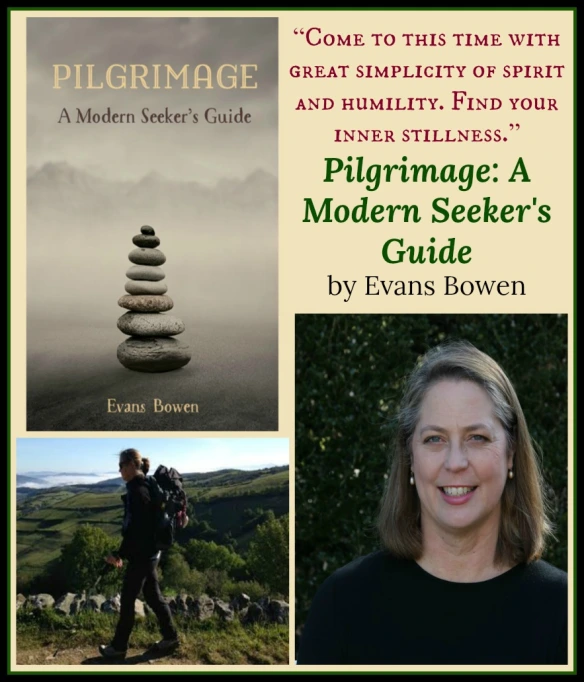
In Pilgrimage: A Modern Seeker’s Guide, Bowen recounts her 40-day trek on one of the world’s most sacred paths, Camino de Santiago (known in English as the Way of St. James), in 2014.
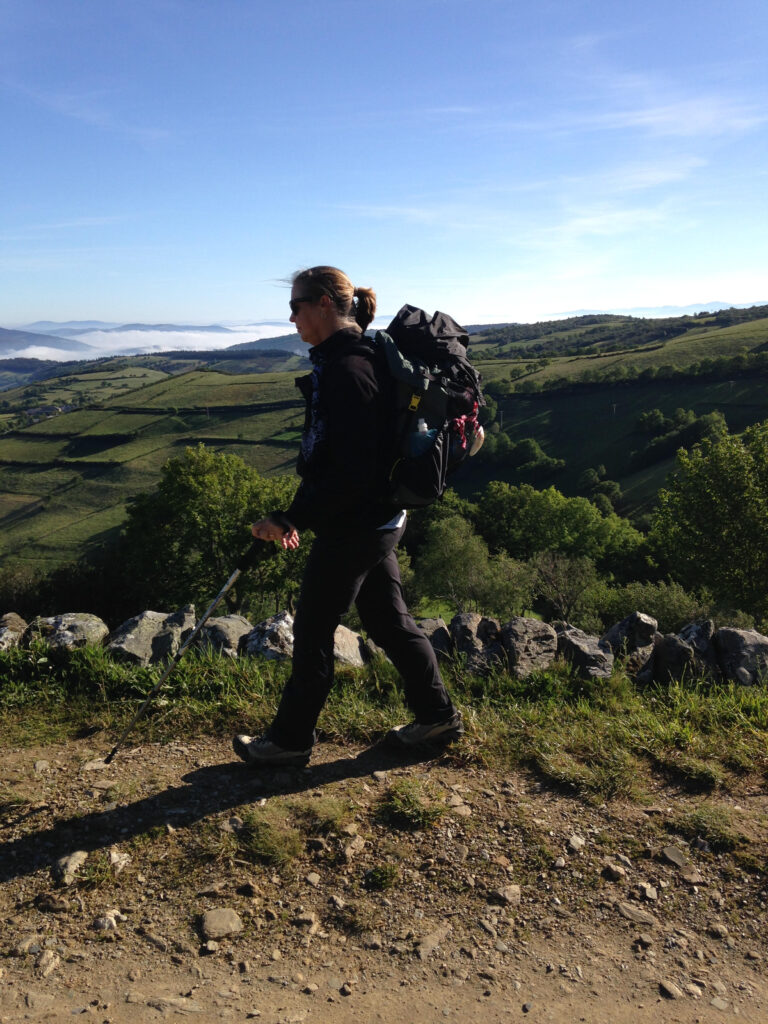
Written to be a guide on how to live life, Bowen also encourages transformative travelers to savor every moment and not let the constraint of miles and money hold them back from their pilgrimages.
Bowen delivers a wisdom-filled book that will help others find the secret space to step out of ordinary life and into an extraordinary one.
Pilgrimage: A Modern Seeker’s Guide
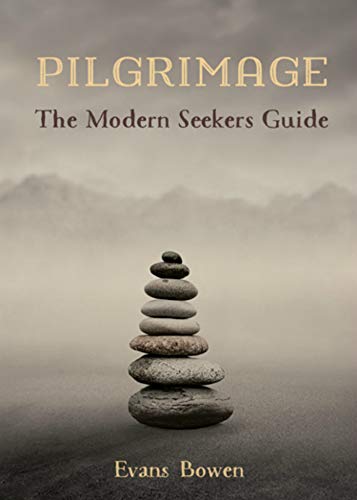
A tradition of all religions, a Pilgrimage is a journey to sacred sites as an act of devotion and dedication. Still, Bowen shares with readers that it is time to expand that definition to encompass modern life.
Visiting a place near home or around the globe to open the mind and heart to the Divine brings healing and new meaning to life. Pilgrimage is an external journey to a place longed for and an internal journey to the center of our most authentic self.
It is an epidemic of our time to come to the end of our days and realize we’ve never taken the time to let the simplest pleasures nourish our souls or even be aware of what those pleasures are. Evans offers pragmatic advice for heightening sensory awareness, finding presence, connecting with nature, breath, movement, and mindfulness all in the context of a well-told story of a 40-day pilgrimage.~Amazon reviewer
A lovely and inspirational book that beckons travelers to realize that a pilgrimage can be made with friends and does not have to be in faraway lands.~Mia W
Grab your copy of Pilgrimage: A Modern Seeker’s Guide in paperback or ebook on Amazon
